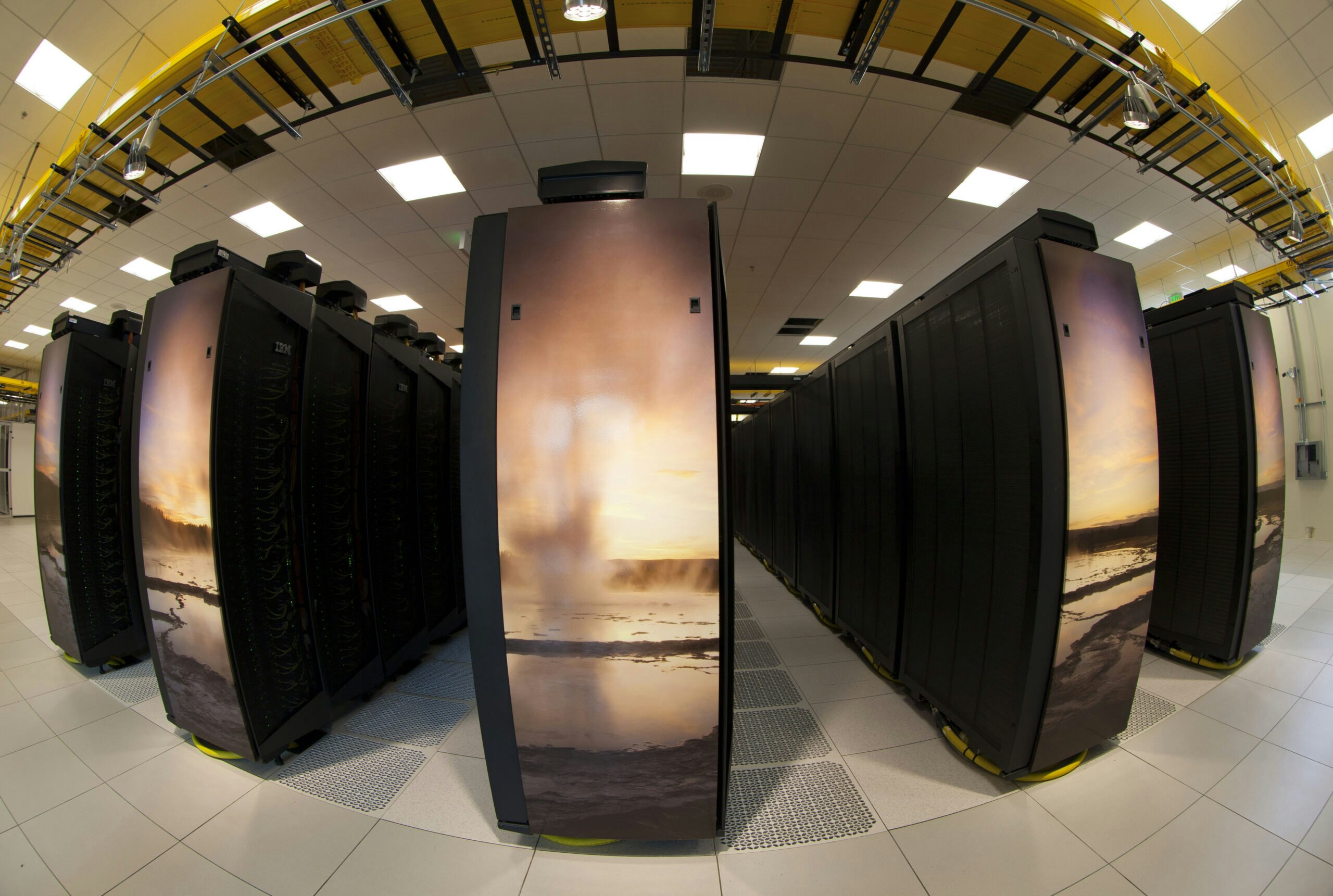In the United States, Japan and a handful of western European countries, people can access state-of-the-art weather forecasts that are updated once an hour.
That’s not the case with the rest of the world. Most people only get weather forecasts with such sophistication once every six or 12 hours.
But a team of undergraduate and graduate students at the University of Wyoming, led by Electrical and Computer Engineering Professor Suresh Muknahallipatna, is working to change that.
In 2017, IBM contracted with the NCAR-Wyoming Supercomputing Center in Cheyenne with a project to help improve weather forecasting around the globe. NCAR then hired the UW team, Muknahallipatna said.
The key to generating forecasts quickly lies with supercomputers with specialized electronic circuits called graphic processing units. GPUs are capable of better graphic resolution and can update at a greater frequency, according to IBM.
Traditionally, most weather forecasting originates on supercomputers built only with central processing units, Muknahallipatna said.
So the job of the UW team, Muknahallipatna said, is to take code from the supercomputers that only have CPUs and “refactor” it for supercomputers that contain graphic processing units. Refactoring essentially requires restructuring the computer code.
“By running this on the graphic processing unit we can finish the computations in less than an hour, so you can have a forecast every hour,” he said.
IMB said in a statement that while there are some computers that have the ability to do fast, high-resolution forecasts for a region, what makes the work it’s doing with NCAR and UW unique is that it’s the first global weather computer model to run on a graphics processing unit with “high-performance computing architecture.”
“This is the first time a full global model exists to provide forecasts for the day ahead at this scale, resolution and frequency,” according to an IBM statement.
The forecasting gaps the UW is helping to fill include areas among those most vulnerable to increasingly extreme weather resulting from climate change, the company said, specifically pointing to Asia, Africa and South America.
And more frequently updated weather forecasts can make all the difference to people who live off the land.
“The enhanced forecasts could be revolutionary for some areas of the world, such as for a rural farmer in India or Kenya,” Cameron Clayton, head of IMB subsidiary The Weather Company, said in a prepared statement. “If you’ve never before had access to high-resolution weather data but could now anticipate thunderstorms before they approach your fields, you can better plan for planting or harvesting.”
The work is providing UW students experience that has led to internships and job offers, Muknahallipatna said.
“All of them having been doing refactoring code,” he said. “It’s very a special skill set, not all students have this skill.”
Refactoring requires the students to understand code, or software, but also a machine’s hardware.
“That is why electrical engineering and computer engineering are suited for high-performance computation coding,” he said. “You need to know both software and hardware.”





